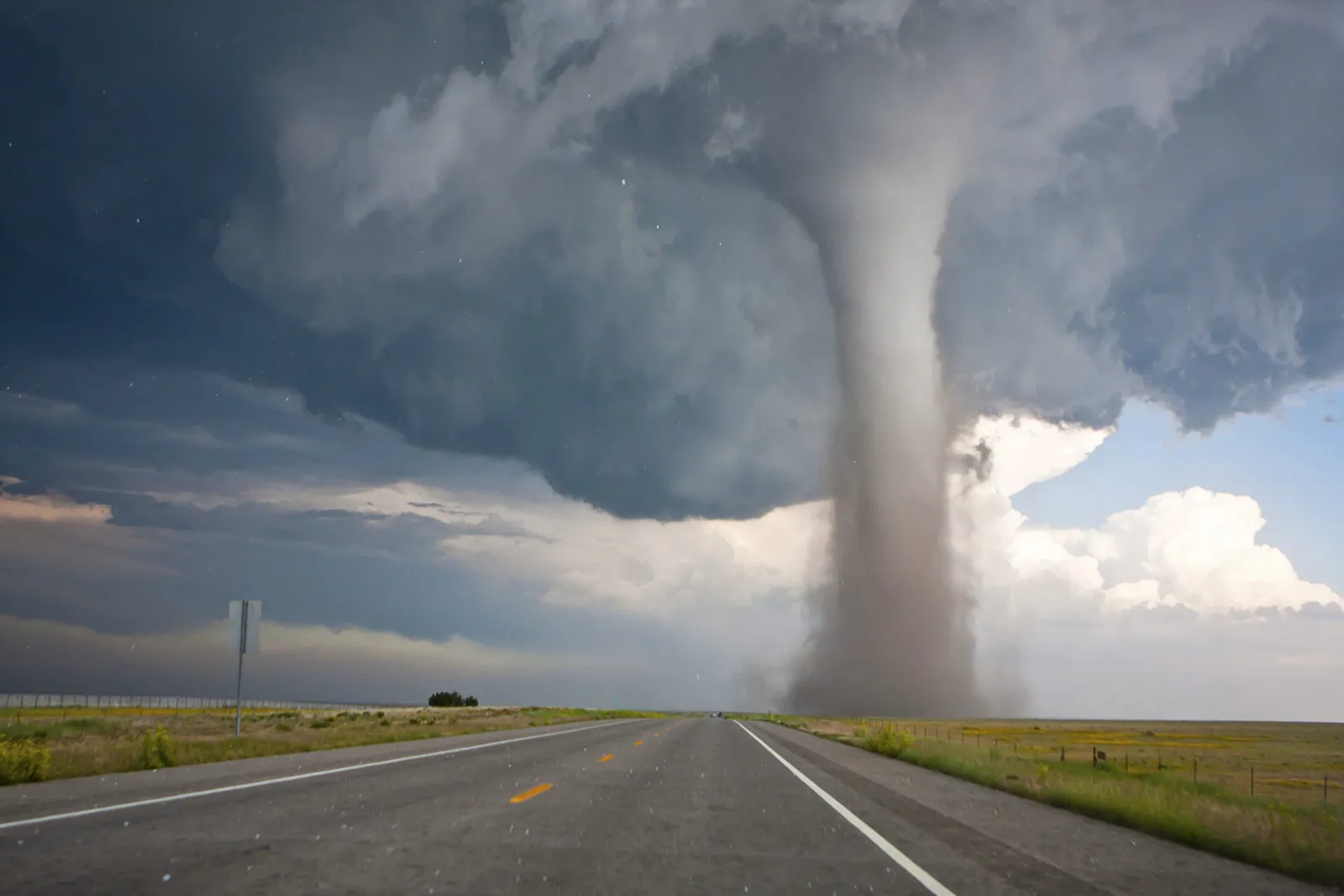
A series of powerful tornadoes swept through the Southern United States on March 14, 2025, resulting in significant fatalities and widespread destruction across multiple states.
Catastrophic Tornado Outbreak Strikes the Southern United States
On March 14, 2025, a series of devastating tornadoes tore through the Southern United States, leaving a trail of destruction and claiming numerous lives. The severe weather event affected multiple states, with Missouri, Arkansas, and Texas bearing the brunt of the damage.
Missouri: The Hardest Hit
Missouri experienced the most significant loss, with at least 11 fatalities reported across several counties. The tornadoes caused extensive property damage, leaving many communities in ruins. Emergency responders have been working tirelessly to search for survivors and provide aid to those affected.
Arkansas and Texas: Communities in Mourning
In Arkansas, the storms resulted in three deaths and 29 injuries. The powerful winds uprooted trees, demolished homes, and disrupted power lines, leading to widespread outages. Texas also faced tragic losses, with three fatalities reported due to a dust storm that caused a massive 38-car pileup.
Emergency Declarations and Response Efforts
In response to the devastation, states of emergency were declared in Arkansas and Georgia. These declarations aim to expedite the deployment of resources and support to the affected regions. Emergency shelters have been established to accommodate displaced residents, and utility companies are working diligently to restore power.
Meteorological Analysis: Understanding the Outbreak
The tornado outbreak was fueled by a potent low-pressure system that interacted with warm, moist air from the Gulf of Mexico. This interaction created an unstable atmosphere conducive to severe thunderstorms and tornado formation. The National Weather Service reported at least 26 unconfirmed tornadoes during the event, with warnings extending into Alabama and Mississippi.
Climate Change: A Contributing Factor?
Experts suggest that climate change may be playing a role in the increasing frequency and intensity of such severe weather events. Warmer global temperatures can lead to more moisture in the atmosphere, potentially enhancing storm development. While it's challenging to attribute a single event directly to climate change, the trend of more frequent severe weather aligns with scientific predictions.
Preparedness and Safety Measures
The recent outbreak underscores the critical importance of preparedness in tornado-prone regions. Residents are advised to:
- Stay Informed: Regularly monitor weather updates from reliable sources.
- Have a Plan: Establish a family emergency plan that includes designated safe areas.
- Emergency Kits: Maintain kits with essential supplies such as water, non-perishable food, medications, and flashlights.
- Community Engagement: Participate in local emergency preparedness programs and drills.
Looking Ahead: Recovery and Support
As the affected communities begin the arduous process of recovery, support from neighboring regions and national organizations will be crucial. Donations, volunteer efforts, and governmental assistance will play vital roles in rebuilding and providing relief to those impacted by the tornadoes.
The tragic events of March 14, 2025, serve as a somber reminder of nature's unpredictability and the necessity for vigilance, preparedness, and community resilience in the face of such disasters.